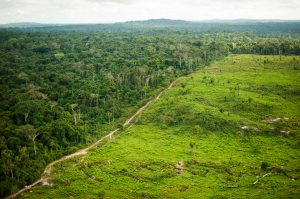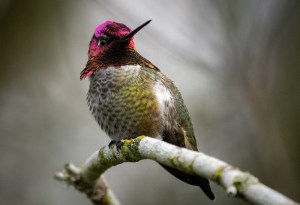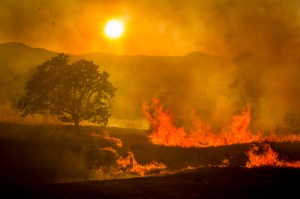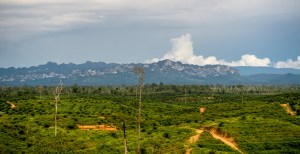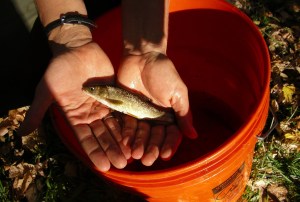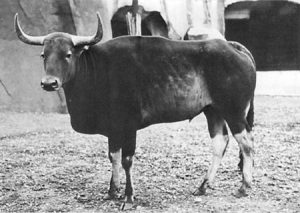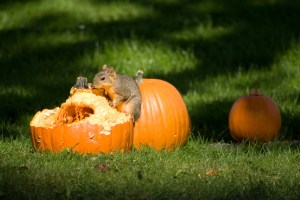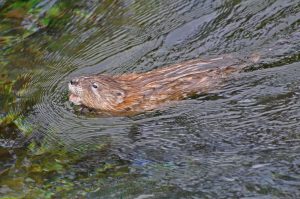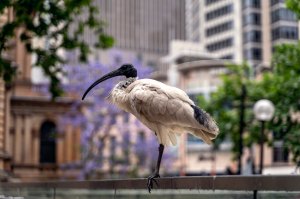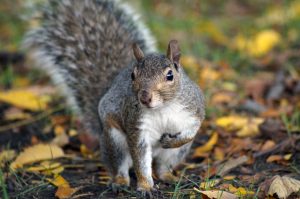Discover stories in Environments
Tropical Deforestation May Reduce Safe Work for Millions
Deforestation reduced safe work hours for more than 4.9 million people across the tropics.
Why You’re Seeing Hummingbirds in Winter
You’re not seeing things. Hummingbirds are showing up at more feeders in winter.
Can Offshore Wind Development Enhance Fish Habitat?
In addition to providing clean energy, a new report demonstrates that wind turbines can also enhance fish and marine life habitat by incorporating nature-based design principles.
When Wildfire Comes to Nature Conservancy Preserves
This year, wildfire affected dozens of Nature Conservancy preserves. How did they fare?
Squirrel Parkour? The Science Behind Squirrel Acrobatics
Your bird feeder doesn’t stand a chance. New research shows squirrels combine incredible physical abilities with split-second decision making.
Deforestation Is Killing Workers in Tropical Countries
New science estimates that heat increases caused by deforestation are killing more than 100 people per year in Berau, Indonesia.
A Survey for the Chihuahua Chub
On New Mexico’s Mimbres River, a survey for an endangered fish species.
Kouprey: The Ultimate Mystery Mammal
Do you know the kouprey? Meet the forest ox shrouded in mystery and rumor.
Pumpkins for Wildlife: From Backyard to the Zoo
Pumpkins aren’t just for Halloween. Animals from squirrels to sand cats love them too.
Meet the Muskrat: Push-Up Champion of Cattail Marshes
Meet the small semi-aquatic mammal of the cattail marsh.
Why Do We Hate Trash Birds?
Gulls. House sparrows. Starlings. Rock pigeons. Canada geese. These species are often derided as trash birds. But why do birders dismiss them so easily?
What’s Up With White Squirrels and Black Squirrels?
A guide to squirrels of a different color.
